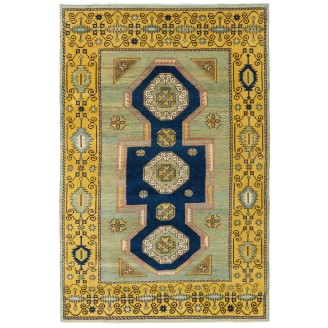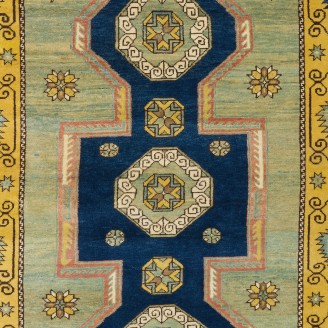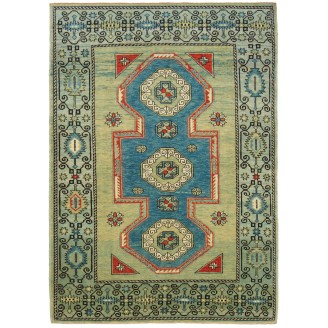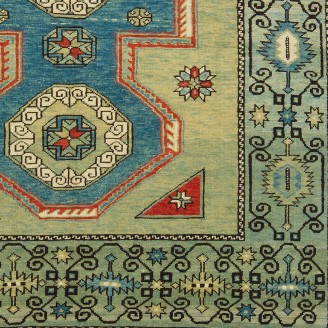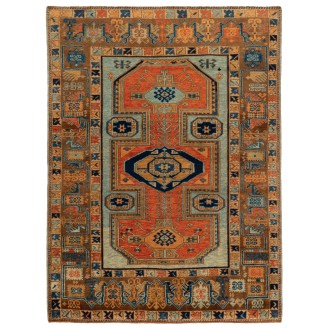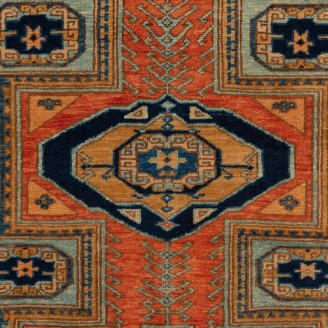Village Rug
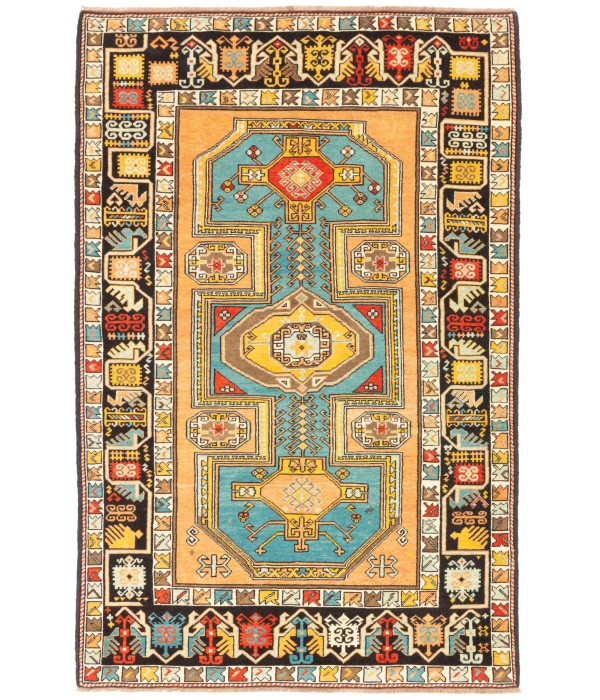
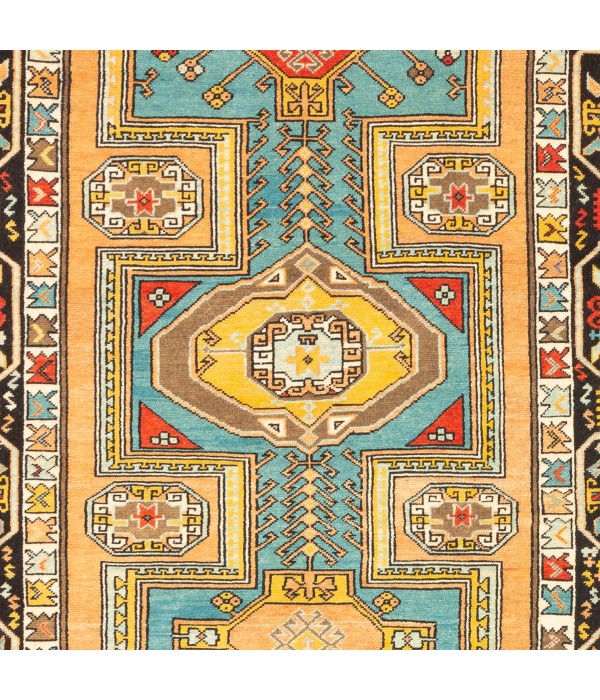
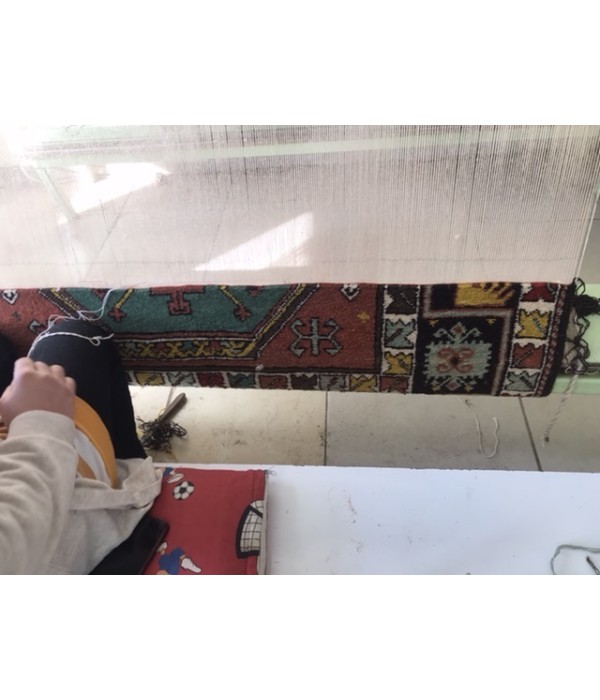
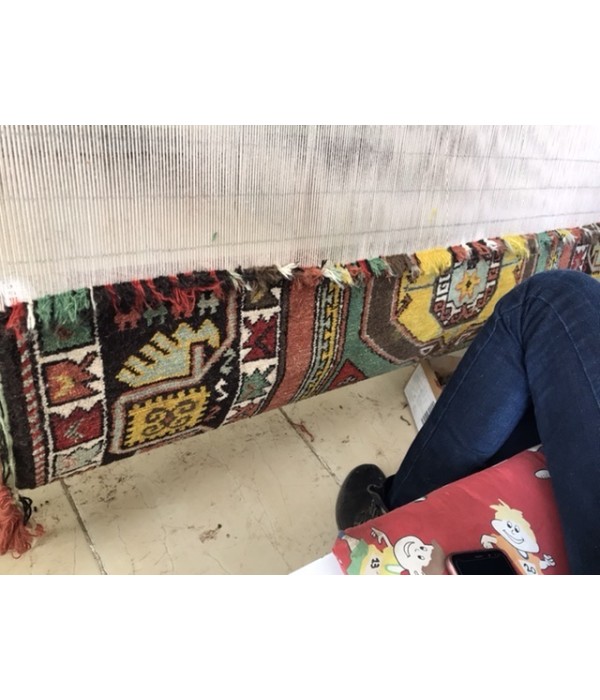
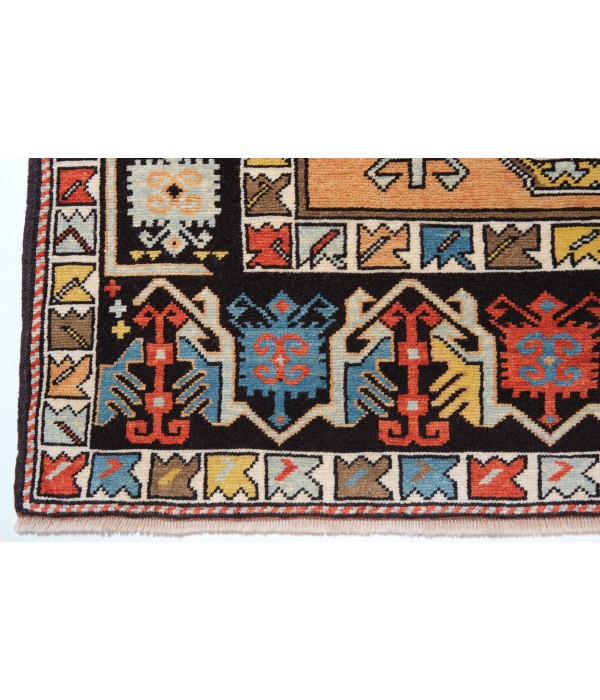
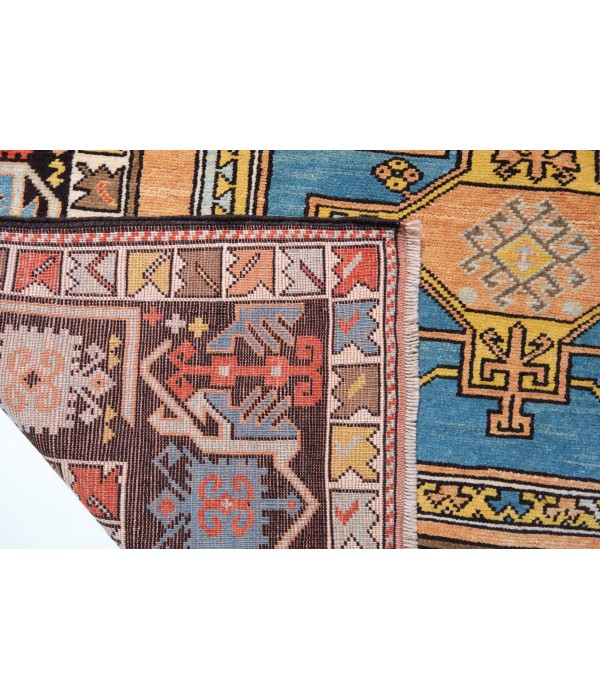
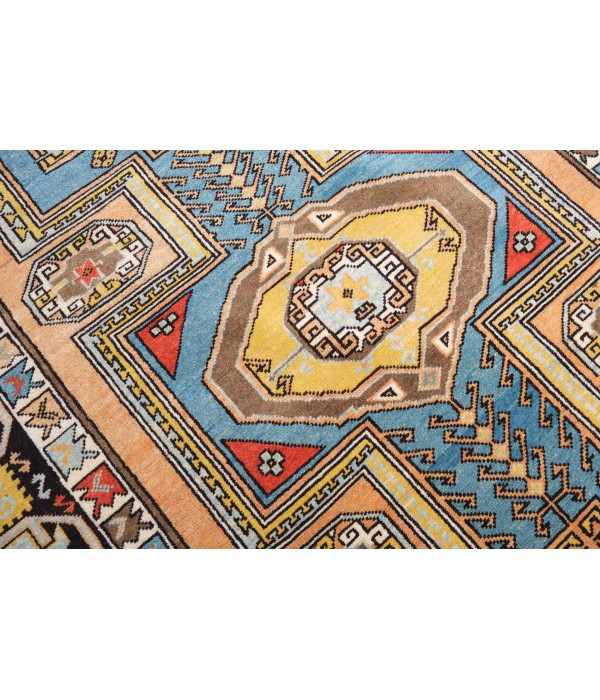
Out Of Stock
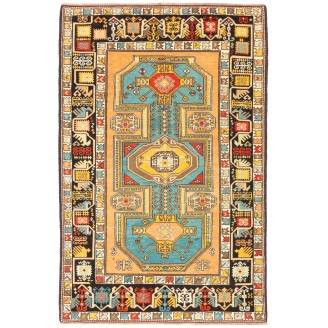
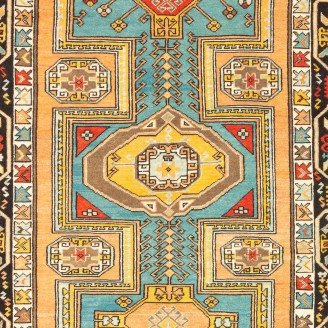
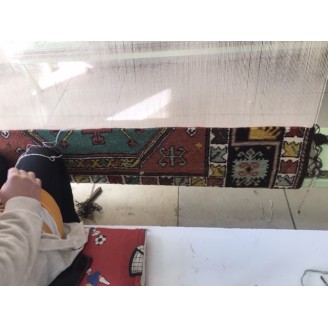
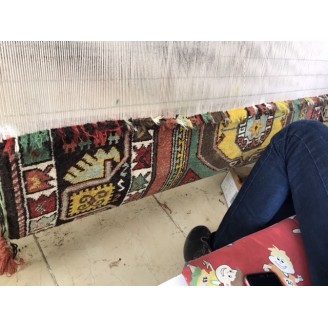

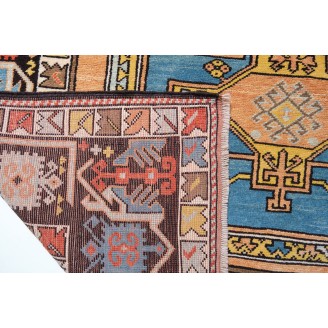
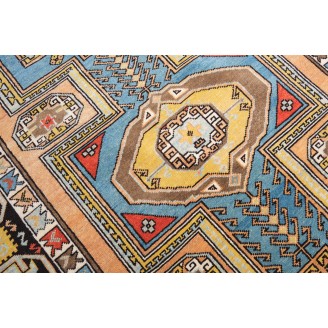
Model: ART00354Village Rug
Group: Anatolian Rugs Family
Area: Central Anatolia
Material of Pile: Natural Dyed Hand-spun Wool
Material Warp / Weft: Wool on Wool
Structure: Symmetrical knot
Knots Density: 29x36
Pile (mm): 3
Production Place: Southeastern Anatolia – Gaziantep Province - Oğuzeli
Weight: 6.50kg
Location: Tokyo
Stock: Out Of Stock
Dimensions:
The source of the rug comes from the book Orient Star - A Carpet Collection, E. Heinrich Kirchheim, Hali Publications Ltd, 1993 nr.172. This is a unique, lack of formal arrangement design 18th-century rug from the Central Anatolia area, Turkey. The field drawing is gardens with a pond with Ladik (the name of the town, north of Konya) prayer-like borders. Among specialists, Anatolian carpets and kilims are believed to record symbols of ancient values and ideas. This tradition dates back several millennia and was only displaced during the industrial age. The Anatolian kilim design tradition probably owes its lucky survival to the fact that pile-woven carpets look more precious and would already have had a higher prestige value several millennia ago. Kilim weaving was, therefore, able to survive undisturbed within an intact cultural context for a long period of time. The design of this rug is interpreted and vivid colors are chosen for this rug.
Color summary: 8 colors in total, most used 4 colors are;
Color summary: 8 colors in total, most used 4 colors are;
- Dark Brown 316 (No Dye - Sheep’s own Color)
- Coral 531 (Madder Root - Walnut Husk)
- Turquoise 330 (Spurge - Madder Root - Indigo - Walnut Husk)
- Natural Wool Color 320 (Natural Sheep's Color)
Dimensions:
4 ft 7 in x 7 ft 1 in ( 141cm x 216cm )
Price:
$3,500
Ex Tax: $3,500

